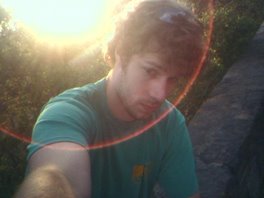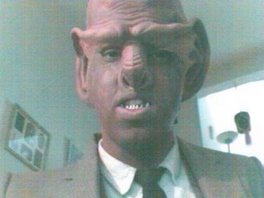Lost In Space: Bone Density & Muscle Mass
After 277 days aboard the International Space Station (ISS), and with 10 spacewalks to his credit and more than 67 hours of total spacewalking time, astronaut Michael Lopez-Alegria, commander of Expedition 14 to the ISS, set 2 NASA records.
Now he and fellow astronaut Mikhail Tyurin, who was the Flight Engineer, are recovering from their adventure. They returned back to earth around April 21st and are still regaining their lost muscle mass and bone density, as they adjust to Earth's gravity. These tissue losses happen in spite of rigorous daily exercise while on board the ISS. The losses are normal in long duration stays away from earth's gravity field. Commander Lopez-Alegria said he thought that "it takes about a week or two to get back to 80 or 90 percent, and I think it's going to take a lot longer to get that last 10 percent back. But so far, so good." He should know - this is his fourth stay in space. Younger people recover faster, according to previous NASA research.
According to NASA's Office of Biological and Physical Research even with rigorous workouts, astronauts return to Earth much much weaker than when they left. After just 11 days in microgravity muscle fibers can shrink up to 30 percent and cause soreness as damaged muscles tear while readjusting to Earth's gravity.
Space medicine researchers and radiologists and other medical researchers and biologists have studied tissue loss due to lack of sufficient gravity at
Texas A & M University as well as this 2004 article (which I just found hours after I came up with this article's title. :) in Radiology Today both if which look at bone density losses.
Devices have been used to study bone density changes for about a decade.


